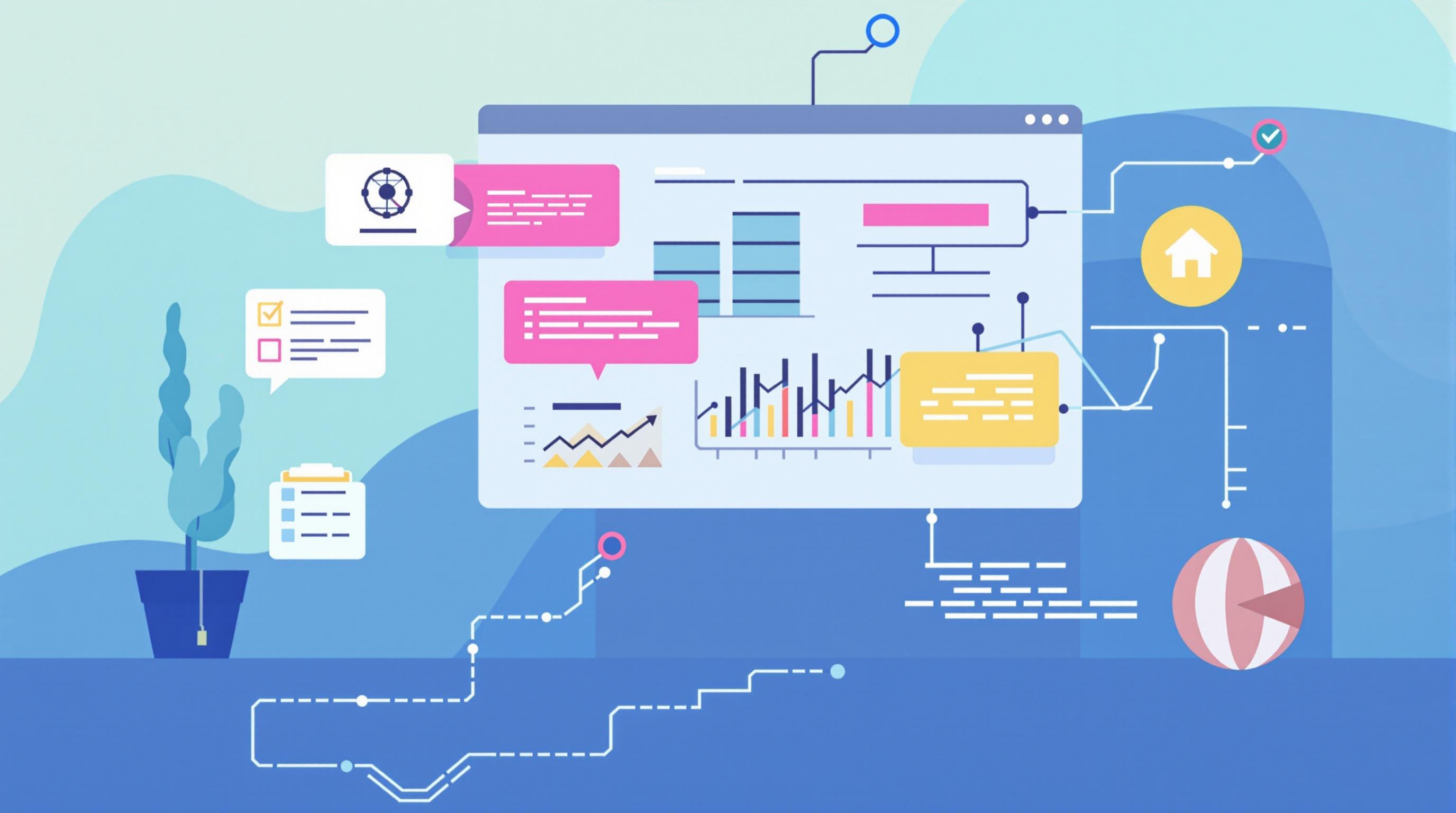Related Articles
- Exploring the Role of Emotional AI in Resolving Conflicts Within Customer Support Interactions
- Top 6 Breakthrough Pricing Engines Launched Since 2019 That Redefine Value Perception and Buyer Behavior
- How HR Software Is Quietly Shaping Workplace Culture Beyond Metrics and Performance Tracking
- The Surprising Influence of Workplace Architecture on Team Dynamics and Project Success in Business Ventures
- 7 Lesser-Known Marketing Automation Tools Released Since 2019 That Outsmart the Giants
- Top 6 CRM Platforms Released Since 2019 That Are Redefining Automation and User Experience in 2024
12 Unconventional Data Triggers Transforming Marketing Automation Beyond Standard Segmentation Tactics
12 Unconventional Data Triggers Transforming Marketing Automation Beyond Standard Segmentation Tactics
12 Unconventional Data Triggers Transforming Marketing Automation Beyond Standard Segmentation Tactics
1. Emotional Sentiment Analysis
Traditional segmentation often relies on demographics or purchase history, but emotional sentiment analysis digs deeper into consumer feelings. By analyzing social media posts, reviews, and feedback, marketers can gauge customer emotions and trigger campaigns that resonate on a personal level.
This approach allows for more empathetic messaging, adapting tone and content to match positive, neutral, or negative sentiments. For example, a brand might send uplifting content to disappointed customers, enhancing loyalty through emotional connection.
Platforms like IBM Watson and Brandwatch offer sophisticated sentiment tools, enabling real-time, automated responses based on emotional triggers. This shifts marketing automation from reactive to emotionally proactive strategies.
2. Real-Time Location-Based Triggers
Beyond static address data, real-time location triggers use GPS and beacon technology to deliver hyper-relevant content. When customers enter or leave specific locations, automated messages or offers can be instantly sent to their devices.
This method is particularly effective for brick-and-mortar businesses, providing timely promotions and personalized experiences that boost foot traffic and conversions. It also fosters an interactive customer journey tied to physical movements.
Solutions like Google Beacon and radical proximity marketing tools are expanding how marketers integrate real-time spatial cues into their automation workflows, increasing engagement through immediate relevance.
3. Behavioral Micro-Moments
Micro-moments refer to brief, intention-driven interactions consumers have with digital devices. Capturing these small behaviors—like a quick product search or video view—can trigger highly targeted automated responses.
By understanding these fleeting intent signals, marketers can deliver timely information or nudges, guiding prospects seamlessly through the funnel without overwhelming them. This focuses on intent rather than generic audience groups.
Google defines micro-moments as "I want to know," "I want to go," "I want to do," and "I want to buy" moments, which can serve as precise triggers in marketing automation systems to bolster conversion rates.
4. Interaction with Voice-Activated Devices
The proliferation of voice assistants like Alexa and Google Assistant has created new data points for marketing automation. Tracking voice commands and queries can reveal unique consumer needs and preferences.
Marketers can automate personalized follow-ups, content suggestions, or offers based on this voice interaction data, providing seamless multi-channel experiences beyond screen-based segmentation.
Emerging tools integrate voice data into CRM and marketing platforms, making voice-triggered campaigns an innovative frontier, especially in industries like entertainment, retail, and smart home technologies.
5. Emotional Biometric Triggers
Wearable technology and facial recognition can capture biometric indicators such as heart rate, skin conductivity, or facial expressions that signal emotional states. This unconventional data can trigger real-time marketing messages aligned with user emotions.
For example, a fitness app might suggest calming music if stress levels are detected to be high, integrating marketing offers into user wellbeing seamlessly.
While privacy concerns must be carefully managed, companies like Affectiva and Realeyes are pioneering solutions that bring emotional biometrics into the realm of automated marketing triggers.
6. Purchase Intent Signals from Cross-Platform Browsing
Consumers often browse products across multiple devices and platforms before buying. Identifying purchase intent through aggregate cross-device data allows marketers to trigger personalized campaigns that reflect where the buyer is in their journey.
This method supersedes simple cookie tracking by integrating data across apps, websites, and social media to form a holistic view of intent. Such depth helps in deploying automations precisely when a customer is ready to convert.
Tools like Adobe Experience Cloud and Cross-Device Marketing platforms facilitate capturing and activating cross-platform intent signals effectively.
7. Predictive AI Modeling Triggers
Predictive analytics uses machine learning to anticipate future behaviors based on historical data patterns. These predictions can trigger marketing automation events before behaviors actually occur, creating proactive engagement.
For instance, a predictive model might identify a risk of churn in a customer, initiating retention-focused campaigns automatically. This dynamic and anticipatory approach outperforms static segment-based tactics.
Leading marketing platforms incorporate AI-driven predictive triggers, dramatically improving accuracy and personalization in automated communication streams.
8. Time-Sensitive Environmental Factors
Environmental data such as weather, local events, or even traffic conditions can be harnessed as triggers. By tailoring messages and promotions to these external factors, marketers can make interactions more relevant and timely.
A retail company might push umbrella discounts during unexpected rain, or a food delivery service could promote hot drinks on chilly days, both within automated marketing workflows responding to live data.
APIs from weather services and event databases are increasingly plugged into automation platforms, enabling marketers to enrich their campaigns with contextual awareness.
9. Social Interaction Quality Triggers
Instead of just counting likes or shares, analyzing the quality and depth of social interactions (comments, replies, sentiment) provides richer trigger data. Automated marketing can react to meaningful conversational engagements more effectively.
For example, a detailed question on a brand's social channel could initiate an automated support or product education sequence, fostering better customer relationships.
This deep engagement data drives smarter automation that transcends superficial metrics, shaping personalized customer experiences through meaningful social cues.
10. User-Generated Content (UGC) Engagement
Engagement with user-generated content, like reviews, photos, or videos, is a strong indicator of brand affinity. Triggering marketing automation based on levels of UGC interaction can amplify brand advocacy and community building activities.
For example, recognizing frequent contributors through automated thank you messages or exclusive offers encourages ongoing participation and strengthens customer loyalty.
This tactic not only personalizes automated outreach but also leverages authentic customer voices to drive viral marketing effects, supported by platforms such as Yotpo and Bazaarvoice.




